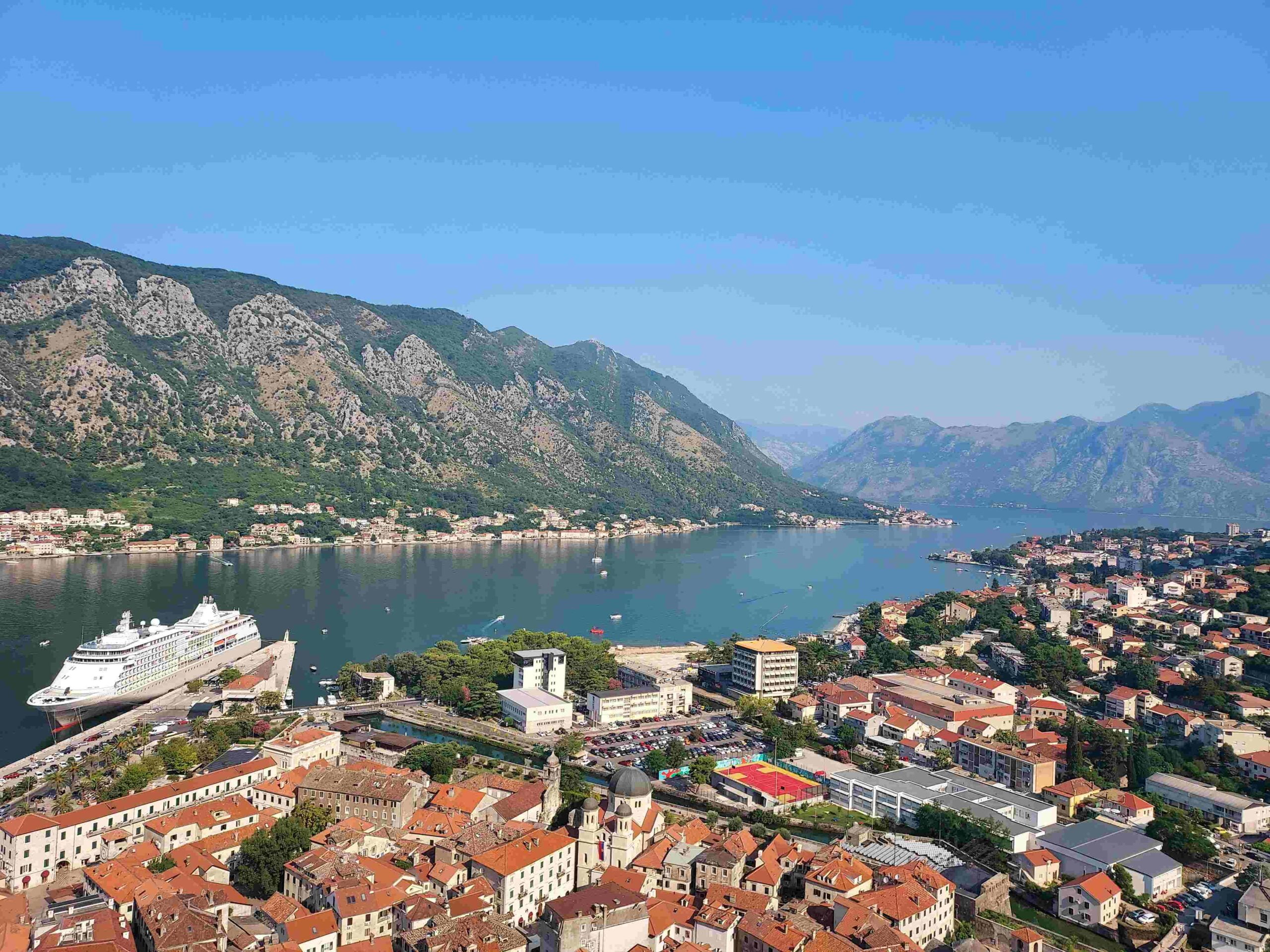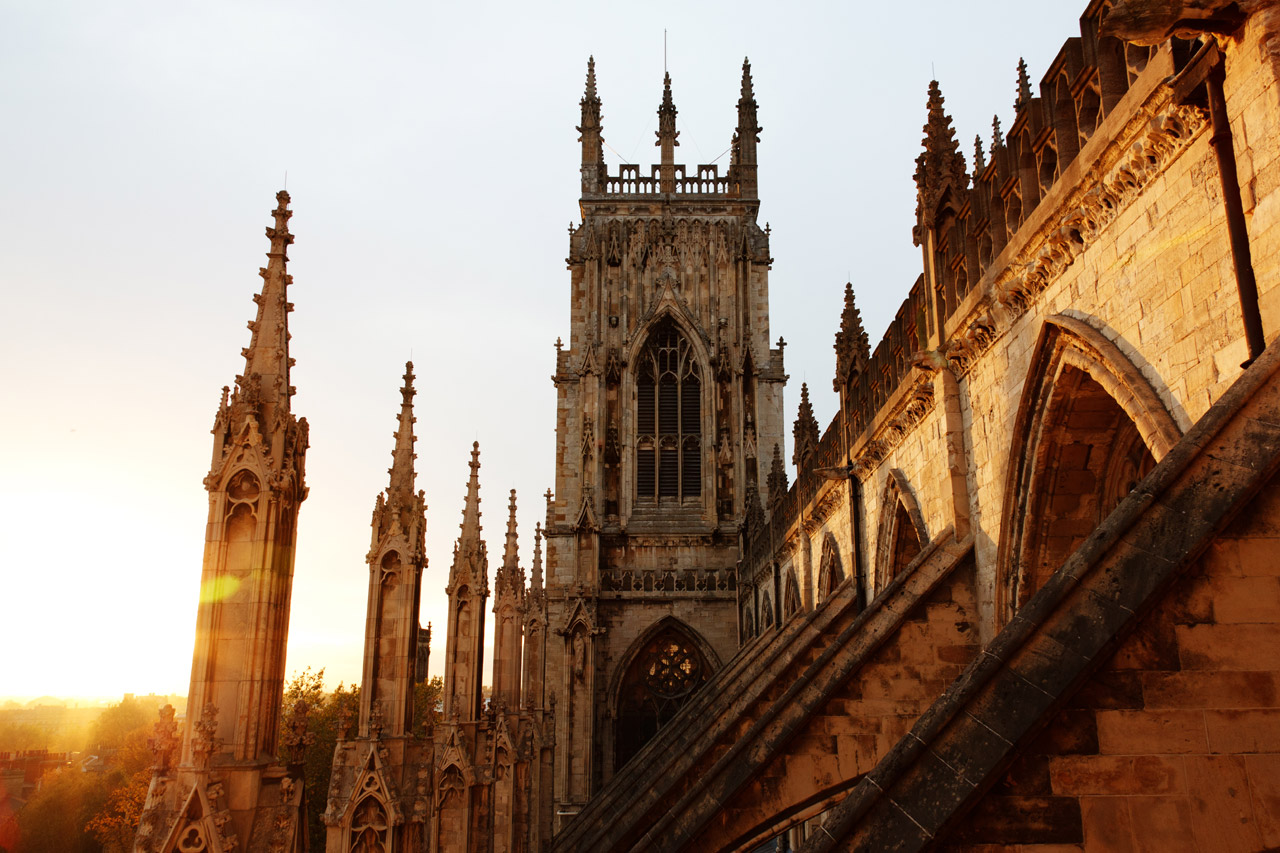
Introduction
Montenegro, a small yet captivating country located on the Adriatic Sea, has become increasingly recognized as a desirable travel destination. Known for its breathtaking views, rich cultural heritage, and chemical coastlines, Montenegro offers a unique blend of natural beauty and historical significance. The importance of this destination lies not only in its stunning landscapes but also in the potential for economic growth through tourism. With the nation striving to enhance its tourism infrastructure, understanding its charm is essential for potential visitors and investors alike.
The Natural Beauty of Montenegro
Montenegro boasts a diverse landscape that includes majestic mountains and serene beaches which attract nature enthusiasts and adventure seekers. The Bay of Kotor, a UNESCO World Heritage site, is often cited as one of the most picturesque bays in the world, attracting thousands of visitors each year. The country’s national parks, including Durmitor and Biogradska Gora, provide opportunities for hiking, rafting, and experiencing unique wildlife, further promoting eco-tourism.
Cultural Heritage
Montenegro is equally rich in history and culture, with influences from various civilisations including Ottoman, Venetian, and Austrian. The medieval town of Kotor dazzles visitors with its historical architecture and well-preserved fortifications. Other significant sites, like the Ostrog Monastery, carved into a cliff, showcase the country’s religious heritage and architectural ingenuity. Through festivals and culinary traditions, Montenegro expresses its rich cultural tapestry, making it a vibrant place for tourists to immerse themselves in local traditions.
Current Trends in Tourism
In recent years, Montenegro has invested significantly in enhancing its tourism infrastructure, driven by the increasing interest from international travellers. Reports indicate that the country received over 2.5 million visitors in 2022, with expectations for gradual growth in the coming years. Airlines have expanded their routes, and luxury programmes have been developed to attract high-end visitors, creating an exciting and welcoming environment. Initiatives to promote sustainable tourism are also underway, aiming to preserve Montenegro’s natural resources while fostering economic resilience.
Conclusion
Montenegro stands at the cusp of a tourism boom, leveraging its breathtaking landscapes and rich cultural heritage to attract a diverse range of visitors. As the government and local businesses work together to develop infrastructure and promote sustainable tourism, Montenegro is poised to become a prominent destination in the Adriatic region. For those considering travel or investment opportunities, understanding the allure of Montenegro is crucial. With its unique offerings and commitment to enhancing the visitor experience, Montenegro presents an exciting frontier for tourism and exploration.
You may also like

Exploring the Historic City of York: A Cultural Gem

Exploring Westbourne Road in Islington: A Local Perspective
